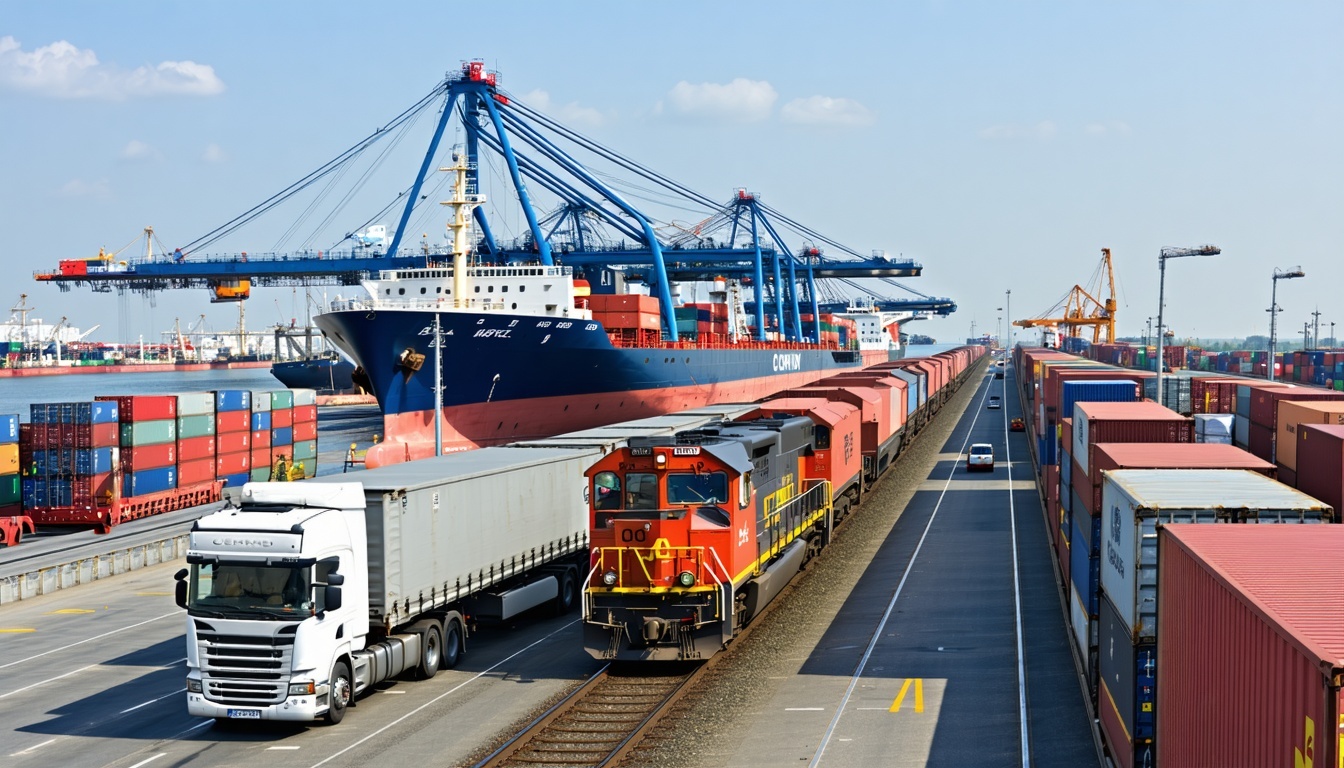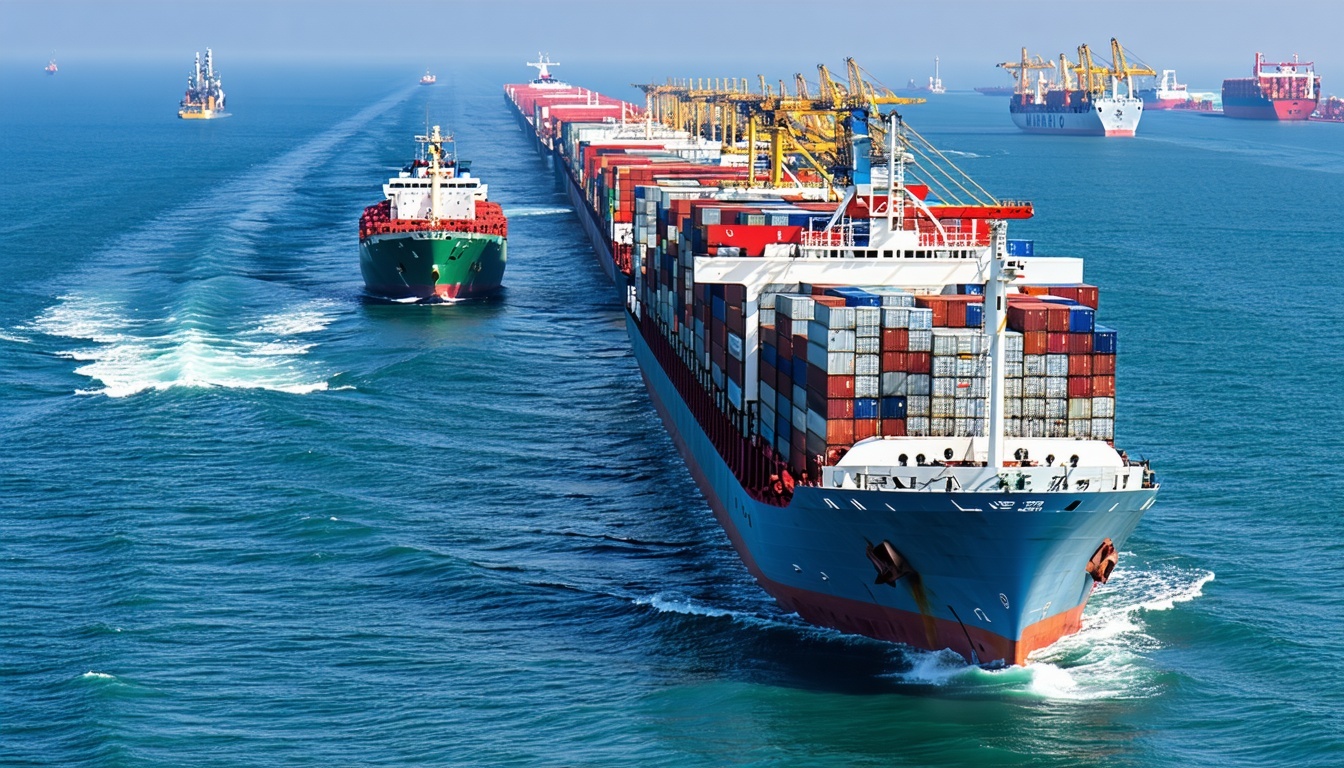Shipping To Alaska: Terrain, Difficulties, Costs, And Complexities
Discover the unique challenges and strategic solutions for maritime shipping to Alaska, where rugged terrain and remote locations redefine logistics operations.

Navigating Alaskan Waters: The Main Types of Maritime Shipping
Maritime shipping to Alaska encompasses a variety of vessel types and operational models, tailored to the region's unique demands. The primary modes include container shipping, roll-on/roll-off (Ro-Ro) vessels for vehicles and machinery, breakbulk and project cargo carriers, and barge services for bulk commodities and oversized freight. Given Alaska's limited road infrastructure and remote coastal communities, feeder services and coastal barges are critical for last-mile distribution, especially to locations inaccessible by larger ocean-going vessels.
Specialized vessels equipped for ice-class operations and shallow-draft landings are often deployed, particularly during seasonal peaks and when navigating rivers or narrow passages. The diversity of shipping options reflects the need to balance efficiency, cost, and adaptability in serving Alaska's industrial, commercial, and consumer logistics requirements.
How Alaska's Terrain Shapes Shipping Routes and Strategies
Alaska's vast, rugged landscape and dispersed population centers significantly influence maritime logistics strategies. With over 33,000 miles of coastline, hundreds of islands, fjords, and inlets, the state poses challenges for route optimization and vessel selection. The majority of goods arrive via the Port of Anchorage, which acts as a critical hub for redistribution to smaller ports and remote communities.
Inland supply often requires multimodal solutions, integrating sea, river, and air transport. The presence of permafrost, mountainous terrain, and minimal road connectivity in many regions necessitate creative logistics planning, such as the use of shallow-draft barges and modular containers that can be offloaded on undeveloped shores. As a result, maritime shipping to Alaska is often characterized by bespoke routing and high degrees of operational flexibility.
Overcoming Obstacles: Weather, Regulations, and Infrastructure
Alaska's maritime logistics face formidable obstacles, most notably its extreme weather conditions. Prolonged winters, sea ice, fog, and violent storms can cause significant delays, disrupt shipping schedules, and require ice-class vessels and advanced weather routing. Infrastructure limitations, such as shallow ports, limited berthing capacity, and minimal storage facilities at remote terminals, further complicate operations.
Compliance with U.S. maritime regulations, including Jones Act requirements for domestic shipping and stringent customs protocols, is essential. Coordination with local port authorities and adherence to environmental protection standards are critical to maintaining operational reliability and regulatory compliance. These factors collectively demand rigorous planning, real-time tracking, and a proactive approach to risk mitigation.
To overcome these obstacles, it is critical to use a shipping partner with expertise in this region and its complexities.
Breaking Down the Costs: What Drives Shipping Expenses to Alaska
Shipping to Alaska is notably more expensive than to most other U.S. regions, driven by a combination of long transit distances, limited economies of scale, and the need for specialized equipment. High fuel costs, seasonal fluctuations in demand, and the additional expense of ice-class or shallow-draft vessels contribute to overall freight rates. Port fees and surcharges for accessing remote or underdeveloped terminals further elevate costs.
Moreover, the lack of backhaul opportunities—where vessels return empty due to limited export cargo means shippers frequently absorb the full cost of round-trip journeys. Compared to the contiguous U.S., rates are often 2-4 times higher, especially for breakbulk and oversized cargo. Strategic consolidation and partnership with experienced liner agencies can help mitigate some of these cost drivers.
Mitigating Complexities: Innovative Solutions for Efficient Delivery
To navigate Alaska's unique logistics challenges, shipping providers increasingly leverage innovative solutions. These include advanced route optimization software, real-time cargo tracking platforms, and modular container systems for streamlined transshipment. Collaborative scheduling with port authorities and integrated multimodal transport, combining sea, river, air, and even seasonal ice roads, enhance reliability and reduce bottlenecks.
Strategic partnerships with local agents, proactive customs handling, and deployment of dedicated account managers further streamline the process, ensuring compliance and rapid issue resolution. Embracing technology and operational flexibility is key to delivering efficient, cost-effective service to Alaska's remote and diverse markets.
Transit Times from the United Kingdom and Continental Europe
Transit times for maritime shipments from the UK and continental Europe to Alaska vary based on routing, vessel type, and seasonal conditions. Direct sailings are rare; most shipments are transshipped via major West Coast U.S. ports, such as Seattle or Tacoma, before continuing to Alaska.
Overall, end-to-end transit times from Europe to Alaska generally fall within the 52 to 58 day range, contingent upon port congestion, customs clearance, and intermodal transfers. For time-sensitive cargo, careful coordination with liner agencies and forwarders is crucial to ensure timely and predictable delivery.
Destinations in Alaska which Global Liner Agencies Ship to
- Anchorage
- Bethel
- Craig
- Deadhorse
- Dillingham
- Dutch Harbor
- Fairbanks
- Juneau
- Ketchikan
- Metlakatla
- Naknek
- Nome
- Petersburg
- Prudhoe Bay
- Sitka
- Thorne Bay
- Whittier
- Wrangell
For all your Alaska Maritime Shipping requirements, get in touch with the Global Liner Agencies team who are ready to build a suitable solution for your cargo needs.




